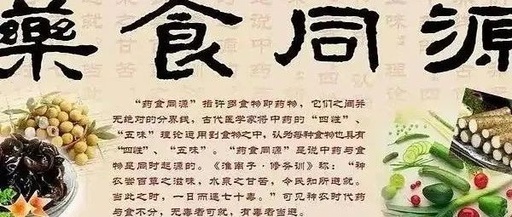In modern society, health has become a focal point of concern for many people. As the pace of life accelerates, more individuals are seeking a simple yet effective way to maintain their health. The concept of ‘Food and Medicine from the Same Source’ in Traditional Chinese Medicine (TCM) emphasizes the combination of food and medicine, using daily diet to regulate the body and achieve the goals of disease prevention and enhancing physical constitution. Today, we will delve into this ancient and wise approach to health preservation.
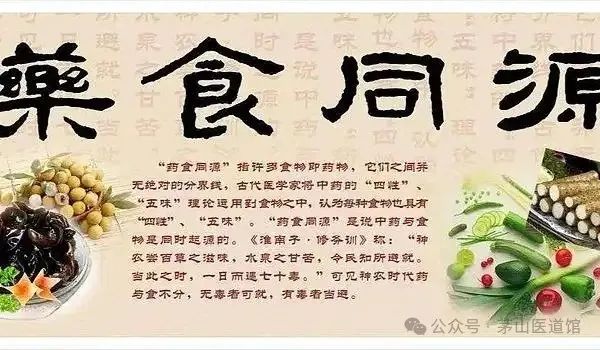
1. What is ‘Food and Medicine from the Same Source’?
The concept of ‘Food and Medicine from the Same Source’ is an important idea in TCM, indicating that certain foods not only have nutritional value but also possess medicinal properties, capable of regulating the body and preventing diseases through daily diet. This concept can be traced back to the Huangdi Neijing, which mentions, “The five grains nourish, the five fruits assist, the five livestock benefit, and the five vegetables provide sustenance,” emphasizing the importance of food in health preservation.
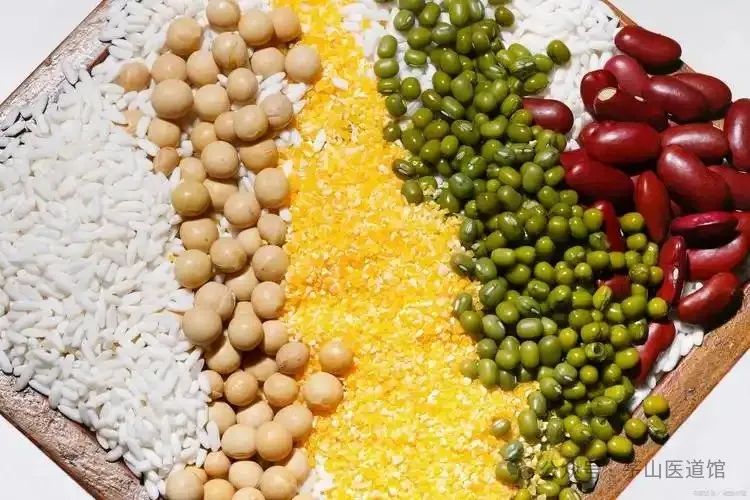
2. The Integration of Dietary Therapy and Health Preservation
1. Basic Principles of Dietary Therapy
The core of dietary therapy lies in “individualization based on person, time, and place.” TCM believes that each person’s constitution is different, and the environment and seasons also vary, thus dietary therapy plans should differ accordingly. For example, individuals with a cold constitution should consume more warming foods, such as ginger and red dates; while those with a hot constitution should eat more cooling foods, such as mung beans and bitter melon.
2. Common Dietary Ingredients and Their Effects
Red Dates: Nourish Qi and blood, suitable for individuals with weak constitution and anemia.
Goji Berries: Nourish liver and kidneys, improve eyesight and moisten lungs, suitable for those who use their eyes for long periods or stay up late.
Chinese Yam: Strengthen the spleen and stomach, nourish kidneys and benefit lungs, suitable for those with weak spleen and stomach or poor digestion.
Black Sesame: Nourish liver and kidneys, moisten the five organs, suitable for those with premature graying of hair or constipation.
Honey: Moisten lungs and relieve cough, detoxify and relieve pain, suitable for those with cough or constipation.
3. Dietary Therapy and Seasonal Health Preservation
TCM emphasizes “the unity of heaven and man,” believing that the human body should be in harmony with the natural environment. Therefore, dietary therapy should also be adjusted according to seasonal changes. For example, in spring, one should consume more green vegetables, such as spinach and celery, to soothe the liver and regulate Qi; in summer, one should eat lighter foods, such as winter melon and cucumber, to clear heat and relieve summer heat; in autumn, one should consume foods that nourish yin and moisten dryness, such as pears and lilies, to nourish the lungs and yin; in winter, one should eat warming and nourishing foods, such as lamb and longan, to tonify the kidneys and strengthen yang.
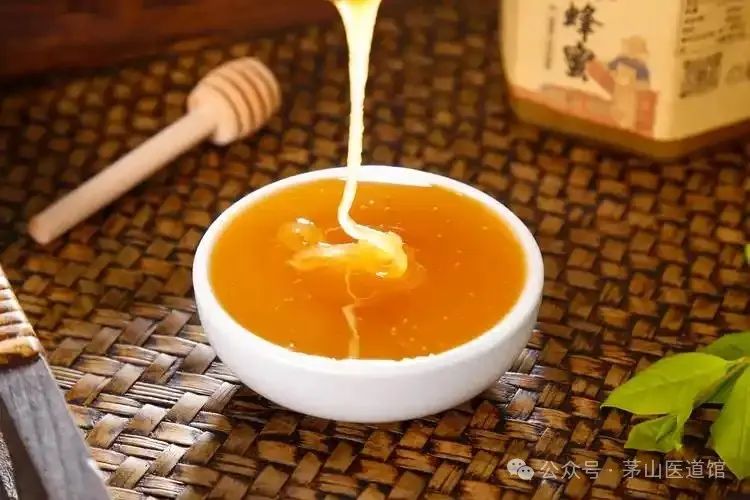
3. Modern Applications of Dietary Therapy
1. Dietary Therapy and Chronic Disease Management
Modern medical research shows that many chronic diseases are closely related to dietary habits. Through dietary therapy, one can effectively control chronic diseases such as hypertension, diabetes, and hyperlipidemia. For example, hypertensive patients should consume more potassium-rich foods, such as bananas and potatoes; diabetic patients should eat low-sugar foods, such as oats and brown rice; hyperlipidemic patients should consume more fiber-rich foods, such as oats and legumes.
2. Dietary Therapy and Immune Enhancement
Immunity is an important barrier for the body to resist diseases. Through dietary therapy, one can enhance immunity and prevent common illnesses such as colds and flu. For example, foods rich in vitamin C, such as oranges and lemons, can boost immunity; foods rich in zinc, such as oysters and walnuts, can improve immunity.
3. Dietary Therapy and Mental Health
TCM believes that emotions are closely related to the functions of the organs. Through dietary therapy, one can regulate emotions and alleviate psychological issues such as stress and anxiety. For example, foods rich in magnesium, such as almonds and spinach, can relieve anxiety; foods rich in tryptophan, such as milk and bananas, can promote sleep.
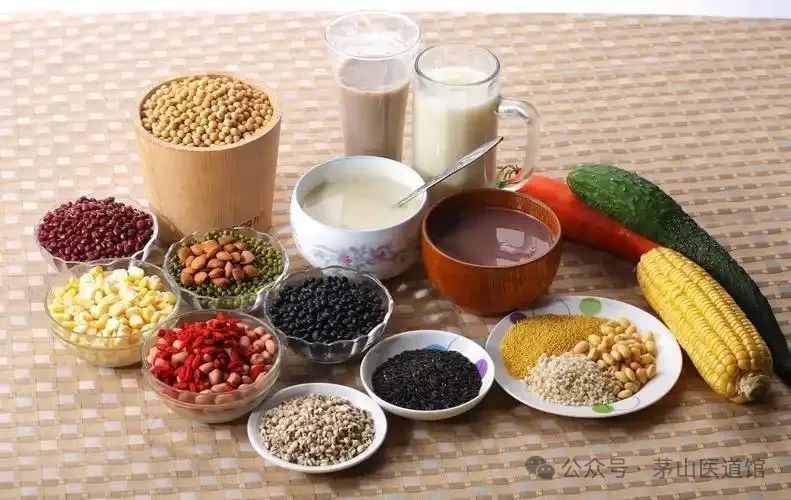
4. Precautions for Dietary Therapy
1. Moderation is Key
While dietary therapy is beneficial, it should not be excessive. TCM emphasizes that “too much is as bad as not enough,” and consuming any food in excess can burden the body. For example, while red dates are good, excessive consumption may lead to internal heat; honey is beneficial, but too much may raise blood sugar levels.
2. Individual Differences
Each person’s constitution is different, and dietary therapy plans should vary accordingly. When selecting dietary ingredients, adjustments should be made based on one’s constitution and health status. For instance, individuals with a cold constitution should avoid excessive consumption of cooling foods; those with a hot constitution should avoid excessive consumption of warming foods.
3. Integrating Modern Medicine
While dietary therapy has certain health benefits, it cannot replace modern medical treatment. In cases of serious illness, one should seek medical attention promptly and integrate modern medicine into treatment. Dietary therapy can serve as an adjunctive measure but should not be the primary treatment method.

Conclusion
‘Food and Medicine from the Same Source’ is a treasure of TCM, using daily diet to regulate the body, which is both simple and effective. In modern society, we should combine modern medicine with the scientific application of this ancient and wise approach to health preservation to achieve the goals of disease prevention and enhancing physical constitution. I hope this article provides some beneficial references for everyone, allowing you to care for your health through dietary therapy even amidst a busy life.

